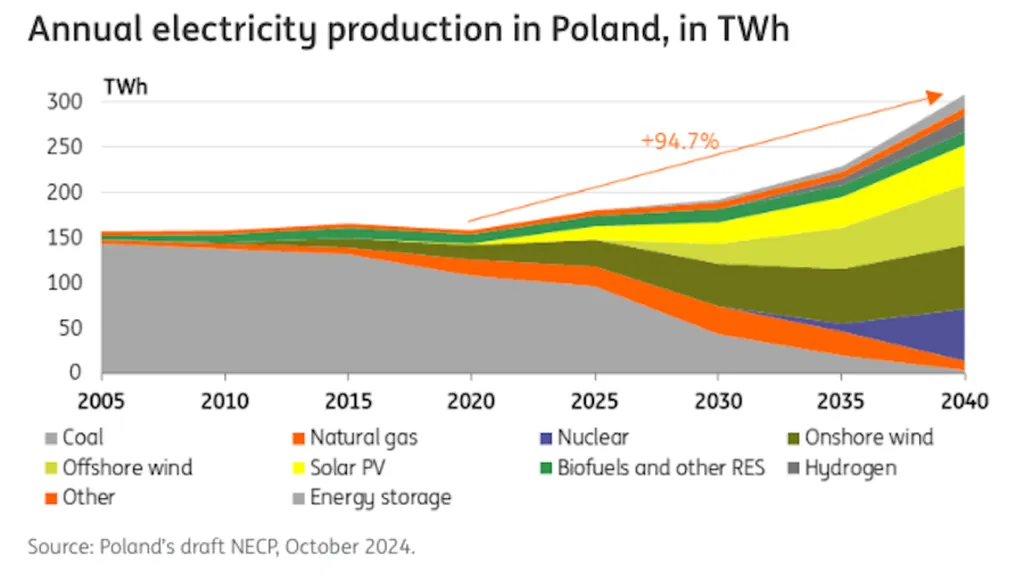In a bid to understand the impact of European Union funding on renewable energy projects in Poland, a recent study published in *Regional Barometer* has shed light on the absorption and effectiveness of funds allocated under the Operational Program Infrastructure and Environment for the period 2007–2013. The research, led by Piotr Gradziuk from the Pope John II State School of Higher Education in Biała Podlaska, offers valuable insights into the commercial and environmental impacts of these investments.
The study focused on Priority IX: Environmentally-friendly power infrastructure and power effectiveness, specifically Action 9.4 – Generation of energy from renewable sources. By analyzing data from the Department of European Funds of the Ministry of Energy, Gradziuk evaluated the performance of 64 facilities across 71 locations, totaling PLN 5,749 million in investments, with PLN 1,520 million coming from EU co-funding.
Gradziuk’s findings reveal that a significant portion of the funds, approximately 82%, was directed towards wind power projects, totaling 55 investments. The remaining funds were split between 12 biogas plants (9.3%) and 4 solid biomass power plants (8.7%). The study highlights that these investments led to a substantial increase in renewable energy capacity, with wind power contributing an additional 704 MWe, solid biomass plants adding 102 MWe, and biogas plants generating 17 MWe.
One of the most compelling aspects of the research is the cost-effectiveness analysis. Gradziuk noted, “Biomass power plants demonstrated the most favorable investment contributions for 1 MWh of planned electric energy production.” This finding could influence future investment strategies, as biomass plants showed a significantly lower cost per MWh compared to biogas (178% lower) and wind power plants (220% lower).
The study also provides a detailed breakdown of the projected annual electric energy generation. Wind power plants are expected to generate 1,790 GWh, biomass plants 650 GWh, and biogas plants 144 GWh. These figures underscore the potential of wind energy to dominate the renewable sector, while also highlighting the role of biomass and biogas in diversifying energy sources.
Gradziuk’s research not only evaluates past investments but also offers a roadmap for future developments. The findings suggest that while wind power is a key player in renewable energy, biomass and biogas plants offer cost-effective alternatives that could be further explored. As the energy sector continues to evolve, this study provides a critical benchmark for assessing the impact of EU funding and guiding future investment decisions.
For professionals in the energy sector, this research underscores the importance of diversifying renewable energy sources and optimizing investment strategies to maximize both commercial and environmental benefits. As Gradziuk’s work is published in *Regional Barometer*, it serves as a valuable resource for policymakers, investors, and energy companies looking to navigate the complexities of renewable energy funding and implementation.

